NOTE: This post originally ran on NGO STORYTELLING, where I'm a co-editor.
Why is that every nonprofit has an archive of images but few have images they feel that they can use? It’s like having a closet full of clothes and nothing to wear. I think most nonprofits feel this way is because they have lots of images but very few complete photo stories.
Indelible, craveable, relatable images have become a high currency in the world of content marketing. Did you know the brain processes visuals 60,000 times faster than text? Powerful visuals are scientifically proven evoke emotion, which spurs on action. And what every nonprofit really needs is relatable photo stories to back up the important work they are doing. This post is your golden ticket to creating professional photo stories.
If you’ve ever seen the work of Eugene Smith, Dorothea Lange, or Sabastiao Salgado, you’ve probably wondered how they were able to create such amazing stories. Raw talent aside, let me tell you a dirty, little photographer secret: there is a formula for everything! Every master photographer and editor has used a variation of the components below to create compelling, photo stories.
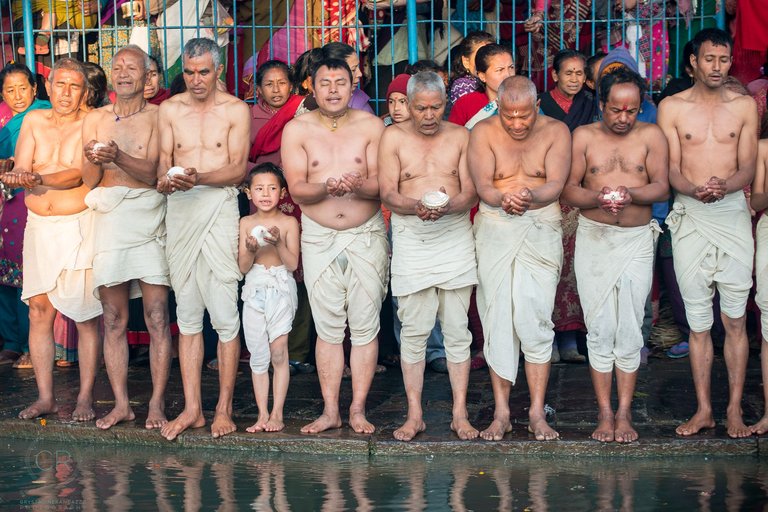
Opener – This is the strongest image in your edit, the one that will intrigue your audience and get them to click on your link.
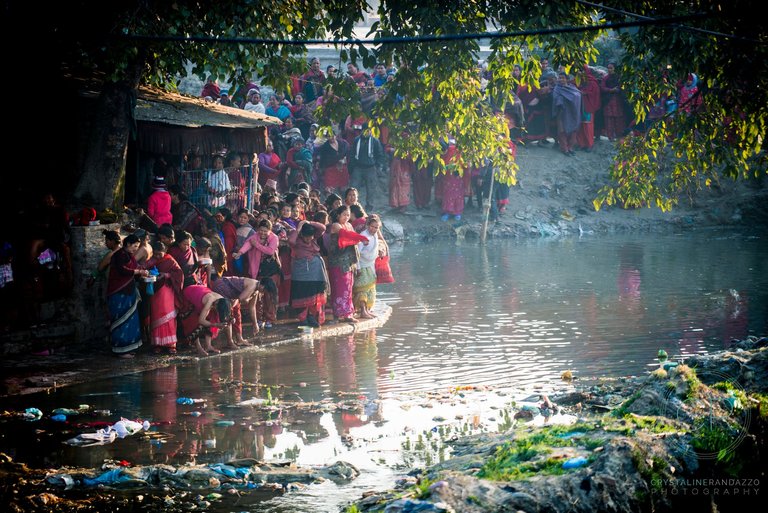
Wide Shot – This shot is a wide shot that shows the overall scene that you are shooting. It gives your viewers a feel for the environment where the story takes place.
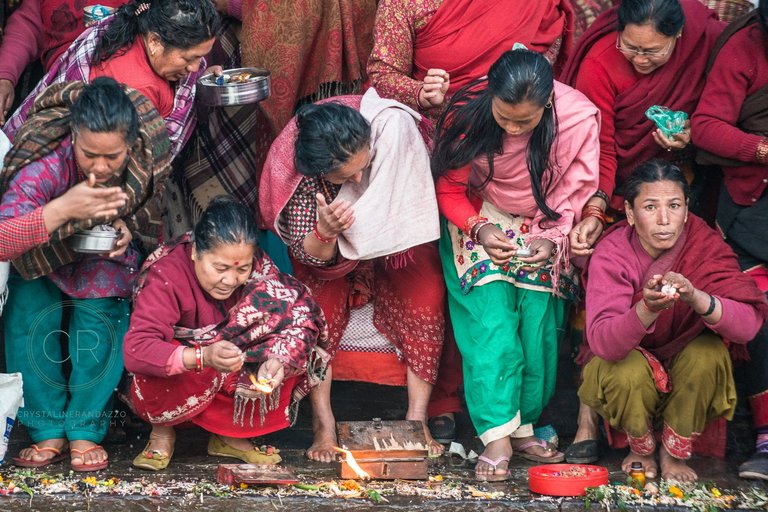
Medium Shot – This photo draws your audience in closer to the action and makes them curious about what they see.
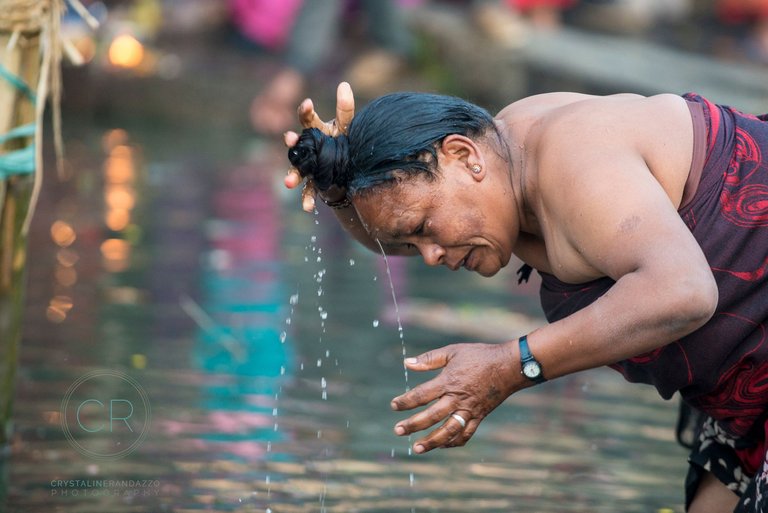
Portrait – One of my photography professors used to say that in order to have a great portrait you needed hair, eyeballs, and teeth. Portraits connect you to an individual; they personalize abstract ideas or actions happening among large groups.
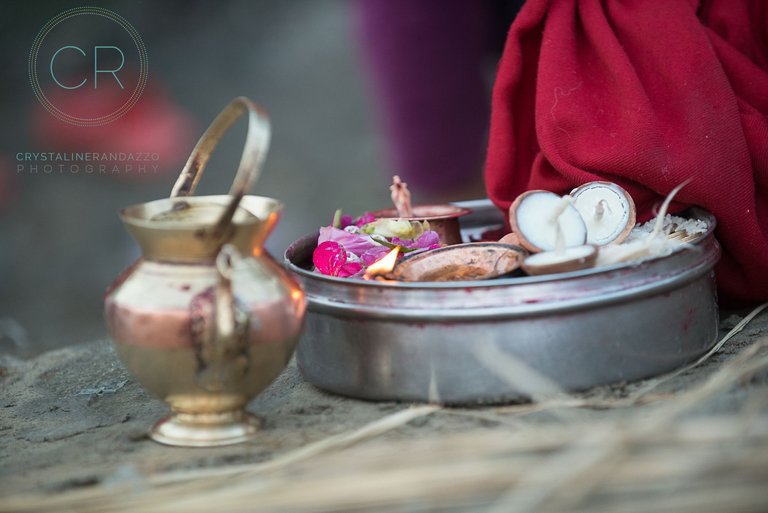
Detail – A tight detail that represents a part of the story presents an opportunity to add detail to the story that might otherwise be missed.
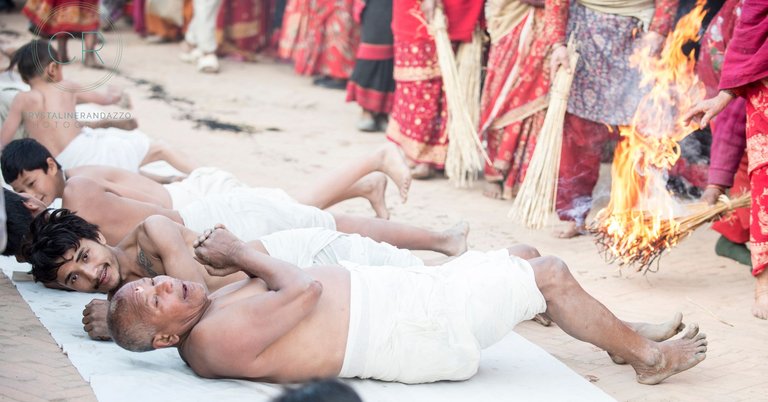
The Pivotal Moment/Action Shot– Your viewers want to feel like they are standing in your shoes. Choose image that makes them feel like they are. It should be engaging and dynamic!
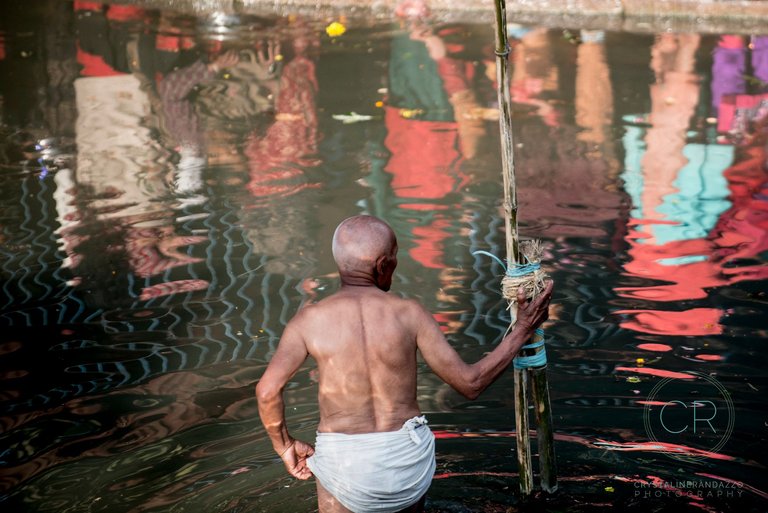
Closer- I like to call this the riding off into the sunset shot. It should add some finality to the images that you’ve shown before.
I generally use 8-10 photos for each of my stories. I’ll add a few shots to the images above to fill in the gaps of my story or share images of intriguing moments. The sample photos above are from a photo story that I recently did on my website. You can read the full blog post if you want to see a photo story in action.
Love it! Thanks for the advice. Can use this strategy on my Steemit posts and blogs. Photos are so important in any media format today and we all need to make sure we are paying more attention to the type of story we are creating with these images.
Thanks! Social media content with relevant images are 94% more likely then content without. And that study is old so I'm willing to bet it's even more important in todays world where we are bombarded by so much content! I know that great images always help keep me engaged!
Lots of useful information that can be translated to all kinds of work. Thank you for sharing.
Of course! There's nothing I like more than gabbing about storytelling!
Nearly everything you do is of no importance, but it is important that you do it.
- Mahatma Gandhi
Well thanks for that little nugget of advice.
Congratulations @crandazzophoto! You have completed some achievement on Steemit and have been rewarded with new badge(s) :
Click on any badge to view your own Board of Honor on SteemitBoard.
For more information about SteemitBoard, click here
If you no longer want to receive notifications, reply to this comment with the word
STOPI totally agree with you about visuals. Very useful and inspiring. Thank you, @crandazzophoto